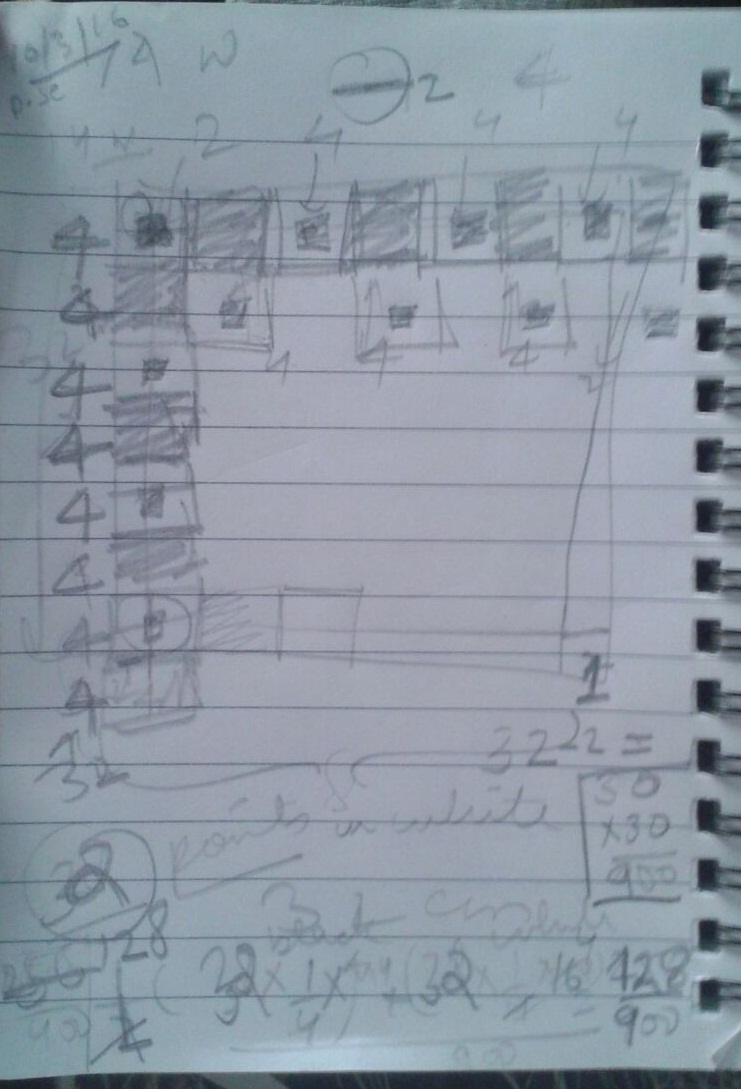You have a standard chessboard, consisting of $64$ squares ($32$ white and $32$ black) each of dimensions $4\times4$ cm, and you have a standard coin of $2$ cm diameter with tail and head.
You flip the coin and let it drop on the board, and you somehow manage to guarantee that no part of the coin will stay out of the board. (This means that the coin cannot go off the board or stay in any corner of the board with one half on the board and its other half outside the board.)
What are the chances that:
- if you get tail, the coin would be inside a random white square as no part of the coin touches a black square (as defined before),
- if you get head, the coin would be inside a random black square as no part of the coin touches a white square?

